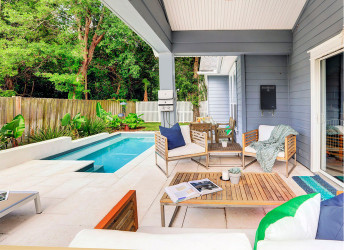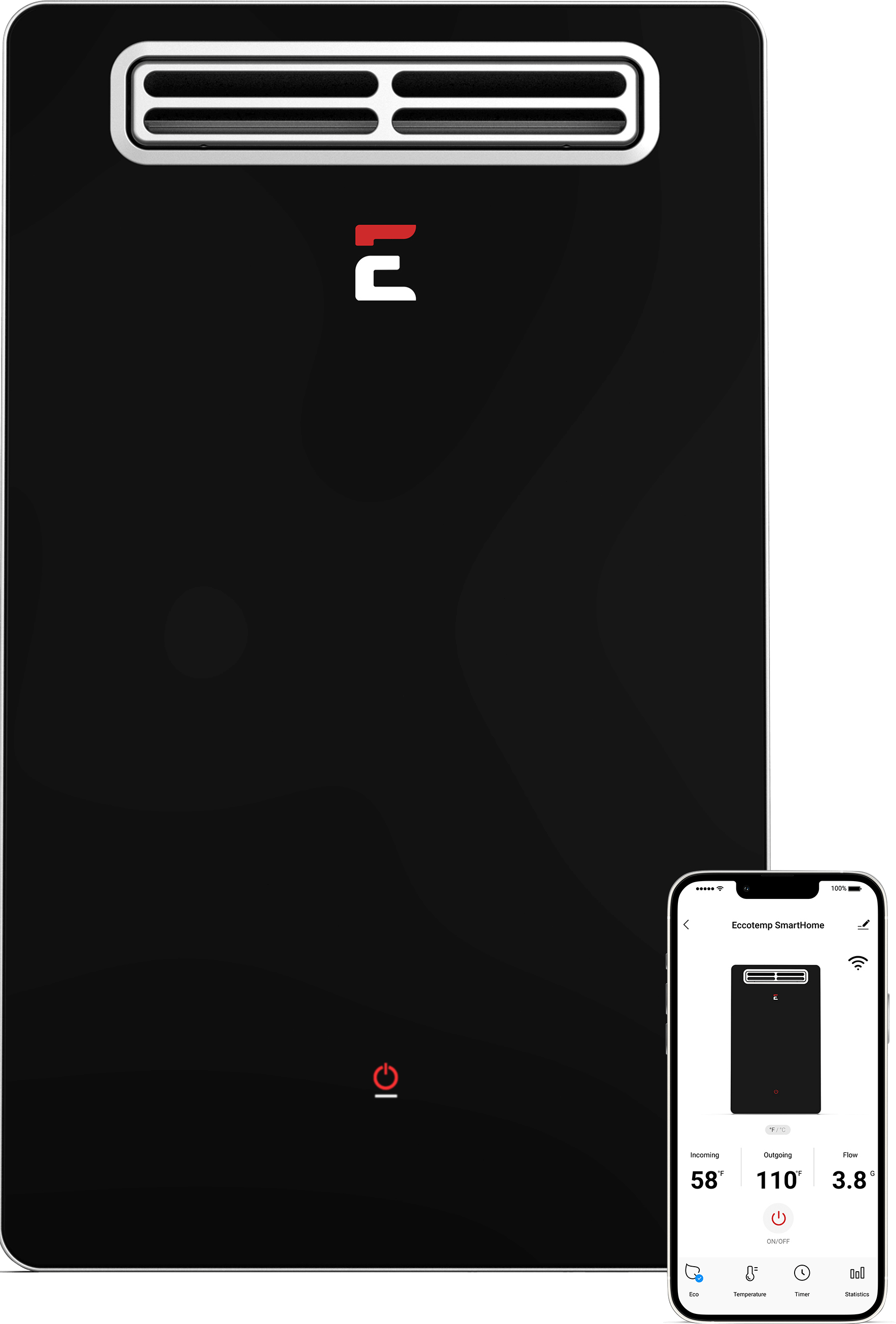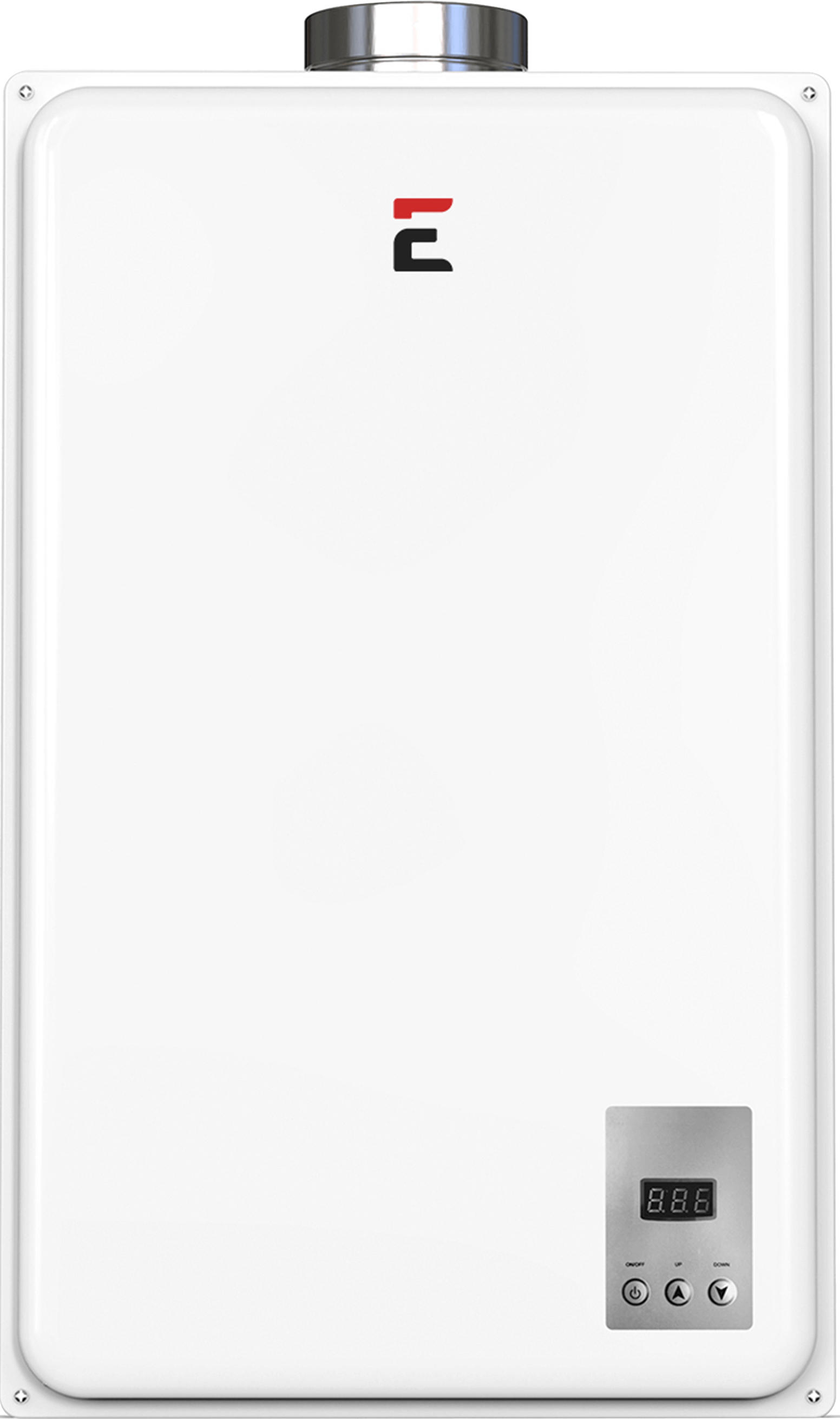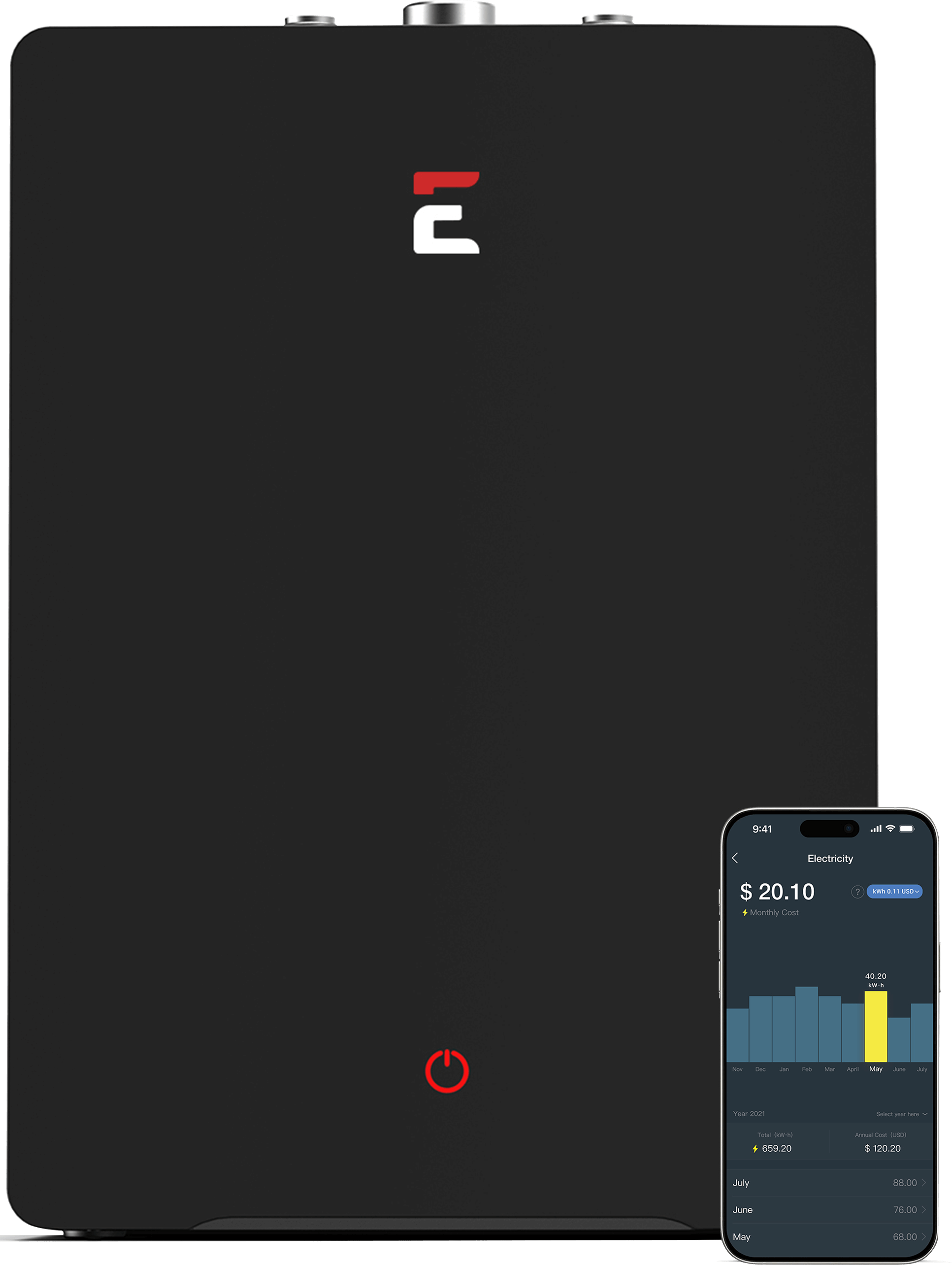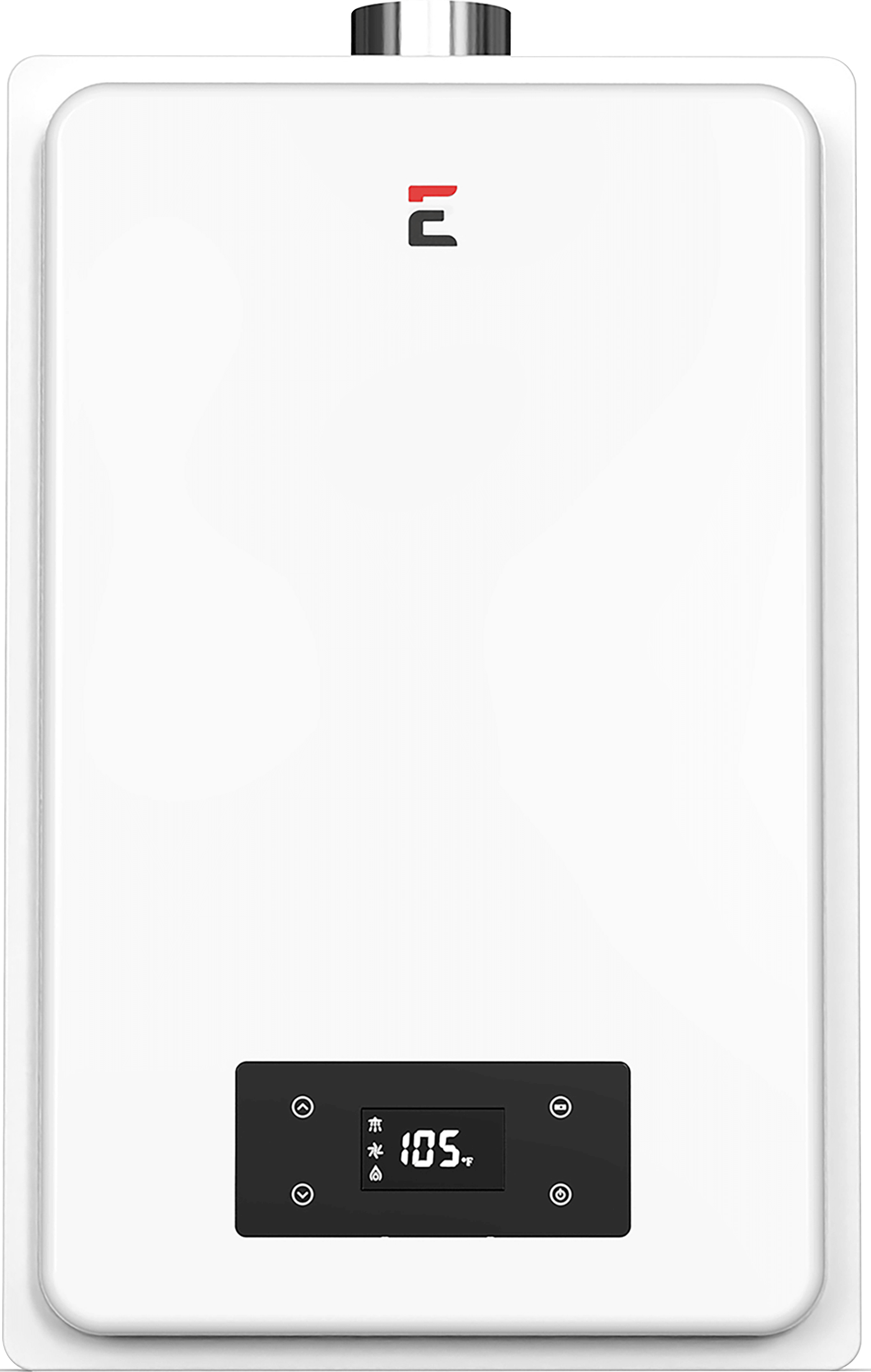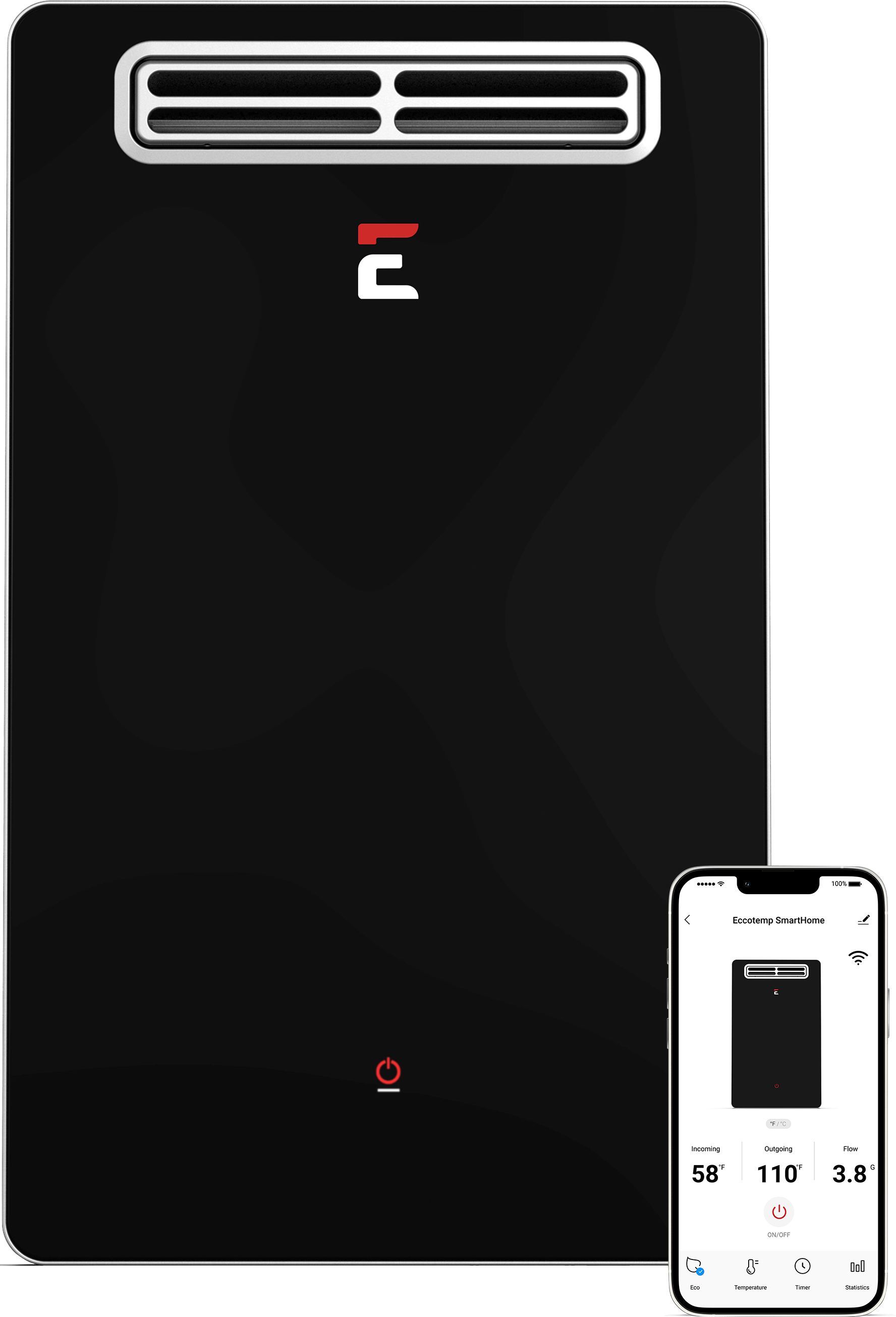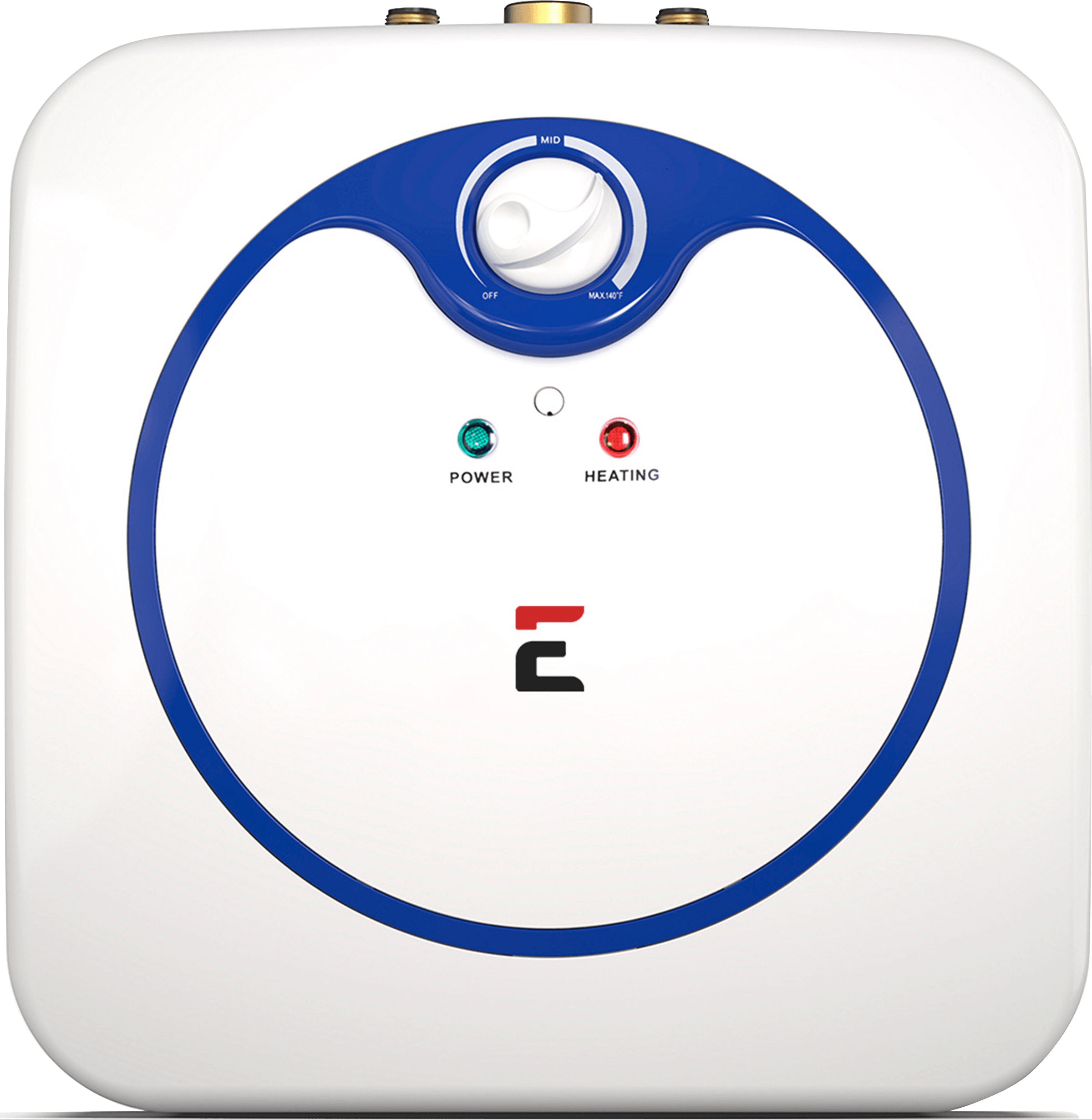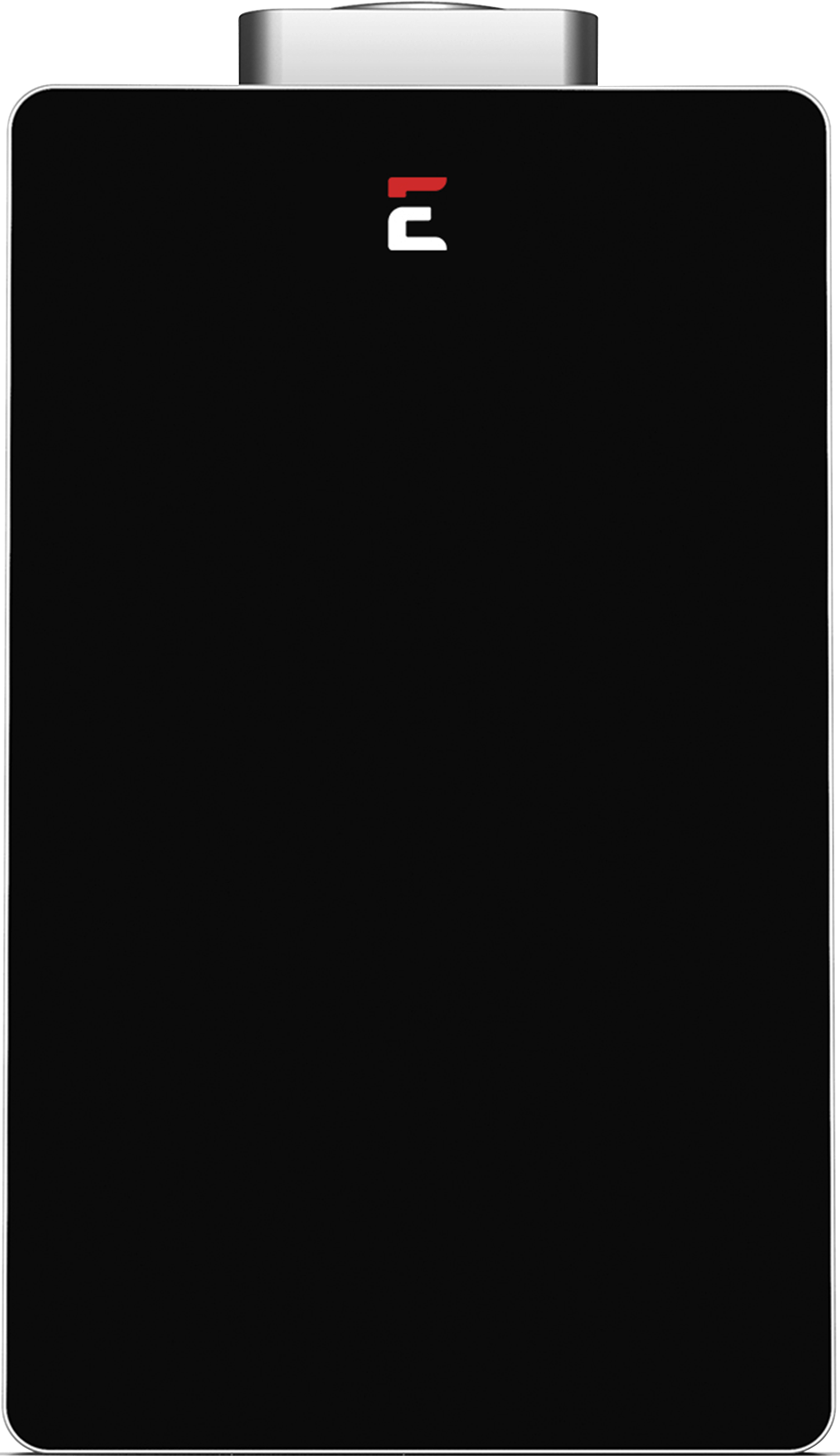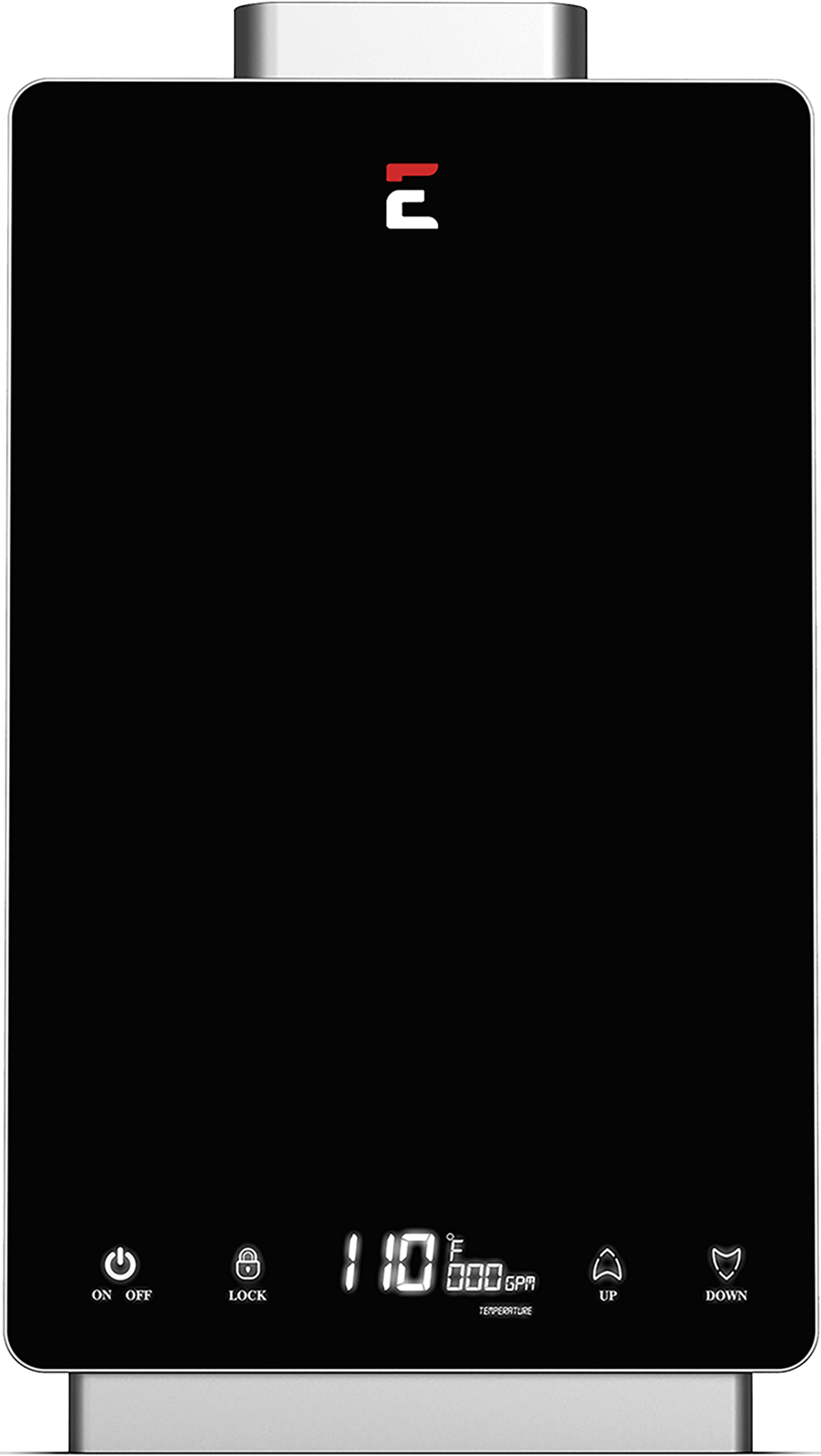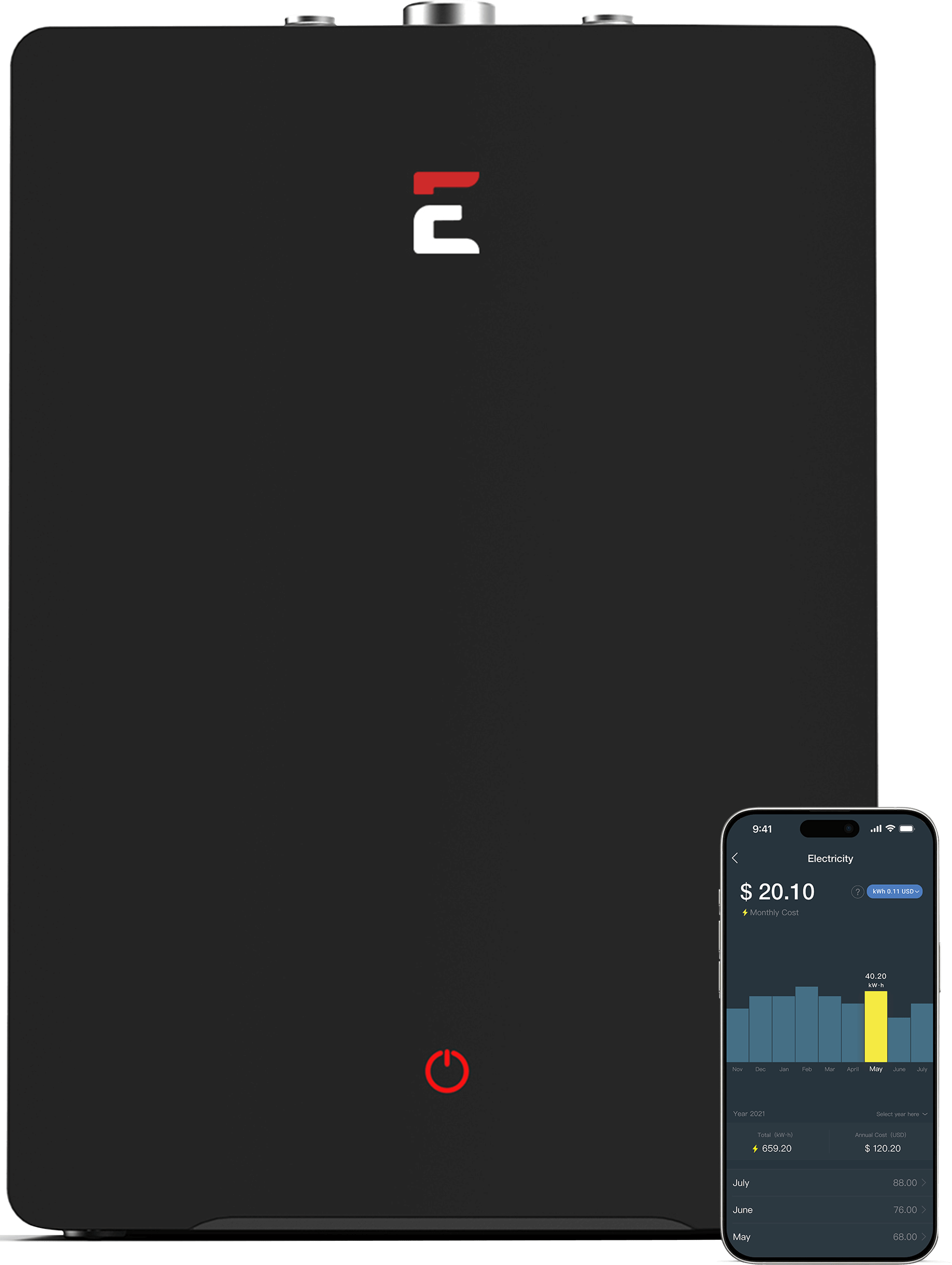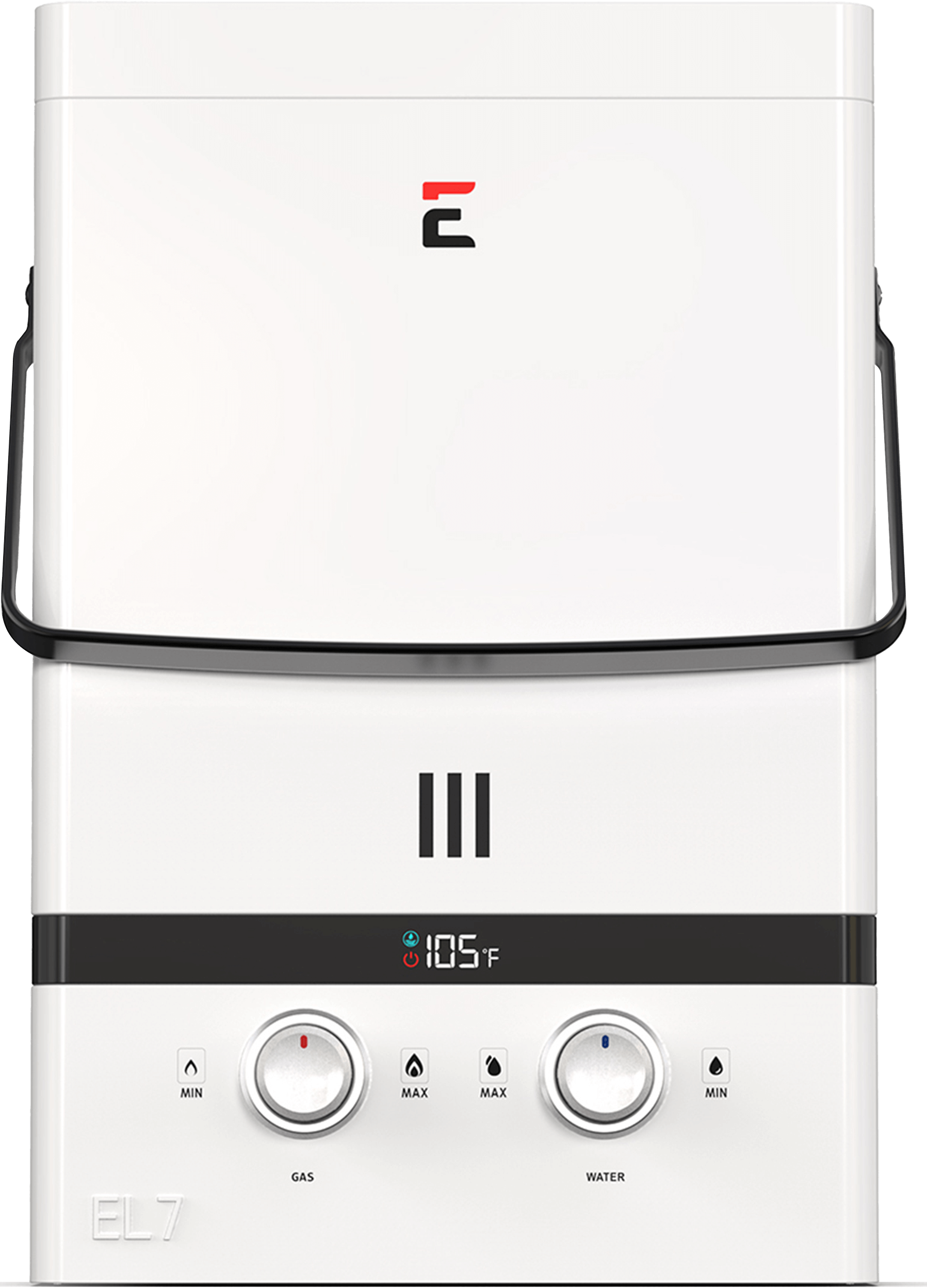Tankless Water Heater FAQ
1.) How does the Tankless Water Heater work?
- A conventional tank-style water heater stores hot water, and heats the water 24/7, whether you use it or not. Tankless Water Heaters only heats water on demand (whenever water is requested at a faucet). When the faucet is opened, the water flows through the Tankless Water Heater, which heats it to the temperature you have the unit set to. When the faucet is closed, the Tankless Water Heater senses the command as well, then shuts down when water is no longer being requested.
2.) What does thermal efficiency mean in regards to a Tankless Water Heater?
This is the amount of generated BTUs which enter the water and the percentage of the total BTU passing out through the vent pipe. BTU or British Thermal Unit is the heat required to raise 1 pound of water one degree F.
3.) Can it be installed in the same place my old hot water heater was installed?
Yes; As long as enough combustion air is provided and the venting is the correct diameter. Tankless Water Heaters can be installed in a utility room, garage, basement, attic, or placed on an outside wall. Also, they can be installed in locations where a storage water heater may not fit.
4.) How long does a tankless water heater last?
This depends on the quality of the water and how well the water heater is maintained over time. Typically, you can expect to get between 15-20 years from a tankless water heater if the unit is maintained, back flushed at least 1-2 times per year, and is properly installed.
- 5.) Is there a standing pilot?
- No, the direct ignition sends a spark to the main burner when hot water flow is detected. This feature improves the energy efficiency of the Tankless Water Heater overall.
6.) Can you convert a liquid propane Tankless Water Heater to natural gas, or a natural gas Tankless Water Heater to liquid propane?
No. We do not condone changing the gas type of a tankless water heater to a different gas type than the one it was designed for, as this would alter the initial make-up of the water heater, and in turn would void any warranty on the tankless water heater.
7.) How much more do they cost to purchase?
Usually, a Tankless Water Heater will cost about 2 times as much as a standard water heater to purchase and install. However, please note that in addition to lower operating costs, usable square footage is gained by going with a Tankless Water Heater.
8.) How long does it take for the Tankless Water Heater to reach a faucet or appliance to provide hot water?
It depends on the existing piping size and distance from the Tankless Water Heater. This is the reason we call them tankless. Labeling the units as instantaneous or on-demand can create the illusion that the hot water is immediately delivered. A professional plumber can help assess your Tankless Water Heater's location, and/or re-locate the water heater to a better location if needed.
9.) Can you install a Portable Tankless Water Heater to faucets/fixtures?
No. Any Portable Tankless Water Heaters are not designed to be plumbed into any fixtures or faucets, and are not meant for a permanent type of installation. Portable Tankless Water Heaters, such as our L5, L7, and L10, are meant for outdoor recreational use only, with the use of standard garden hoses and should be used only outdoors, and disconnected and stored in a warm, dry location when not in use. Installing a Portable Water Heater as a permanent installation can void any warranty on the unit, due to being deemed as an improper install.
10.) Can you install an outdoor water heater indoors and vent through an exterior wall or roof?
No. The reason that this is not possible, is due to an outdoor Tankless Water Heater does not have a fan inside of it, as an indoor model would, in order to properly vent and therefore would be considered a hazard, and improper installation of the water heater.
 Weekly Deals
Weekly Deals
 Water Heaters
Water Heaters
 Accessories
Accessories
 Installation
Installation
 Parts
Parts
 Protection Plans
Protection Plans
 Final Sale
Final Sale
